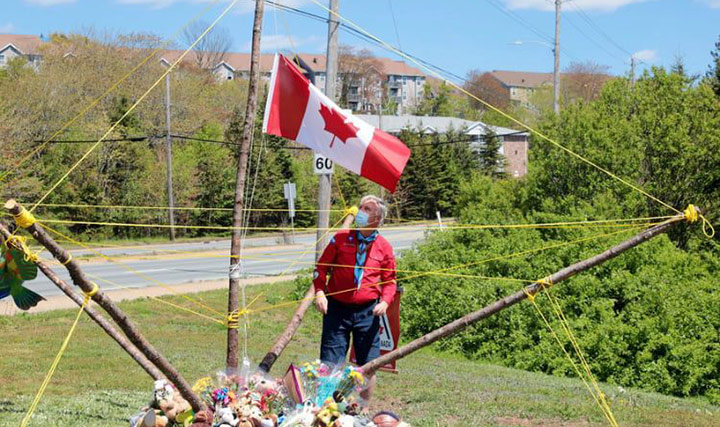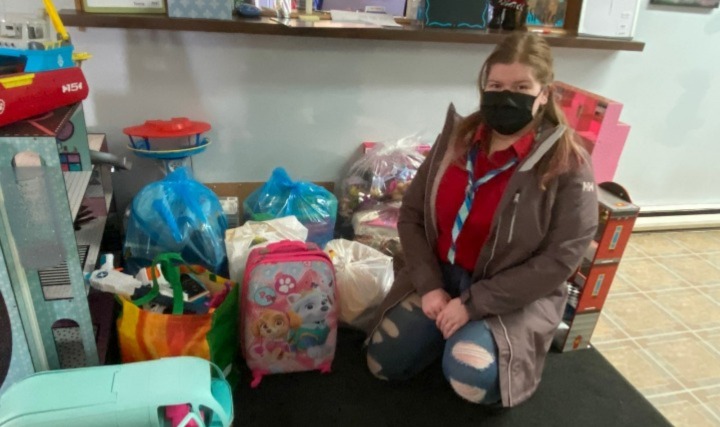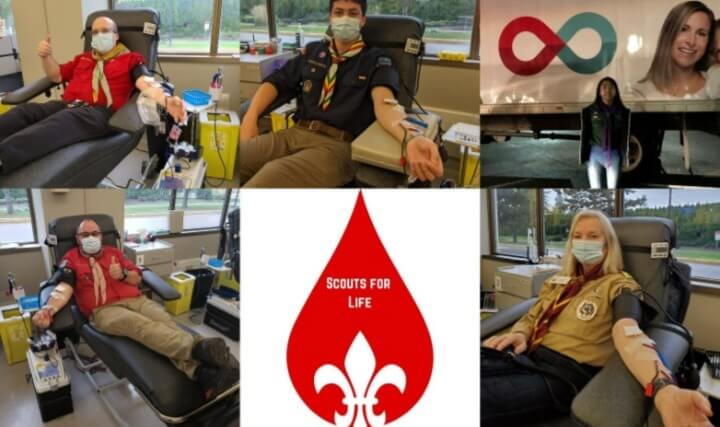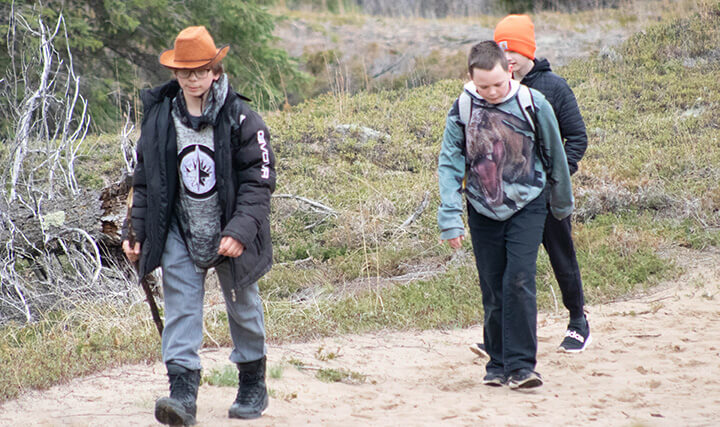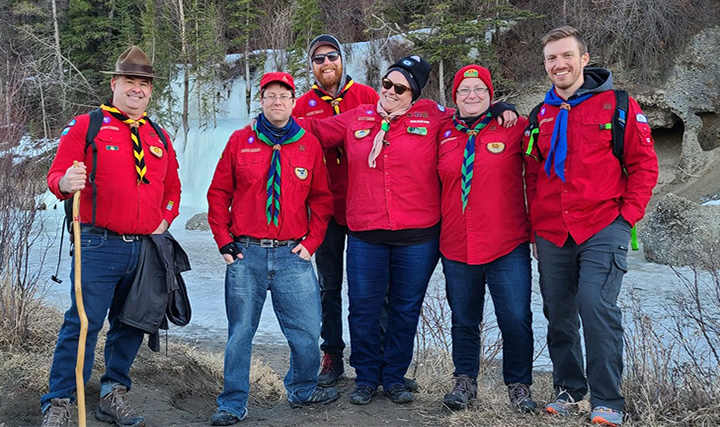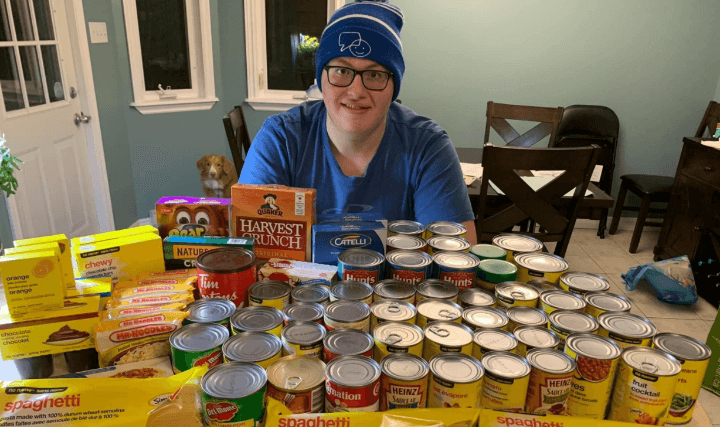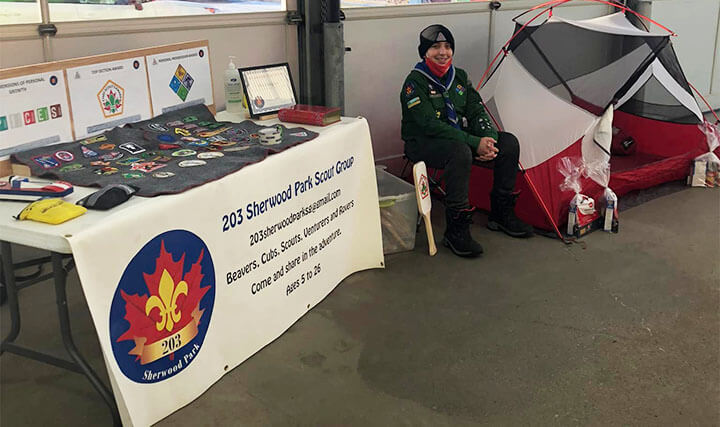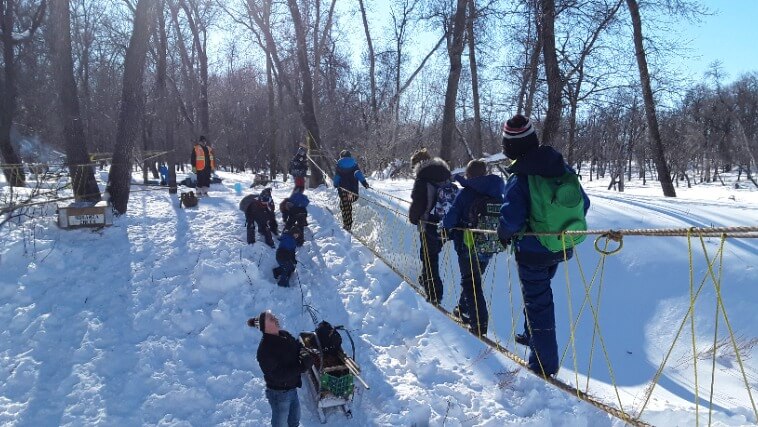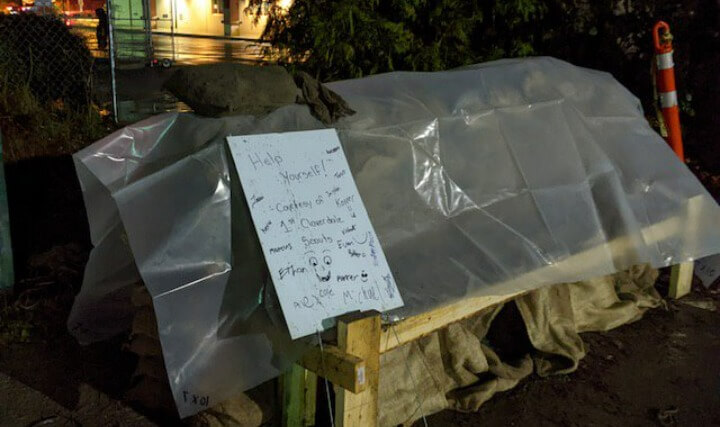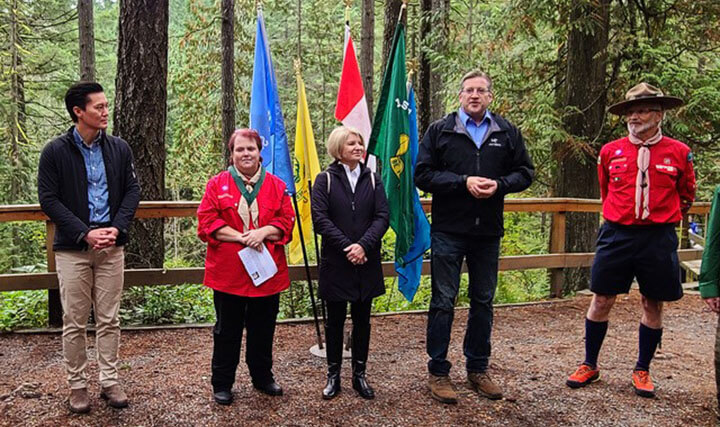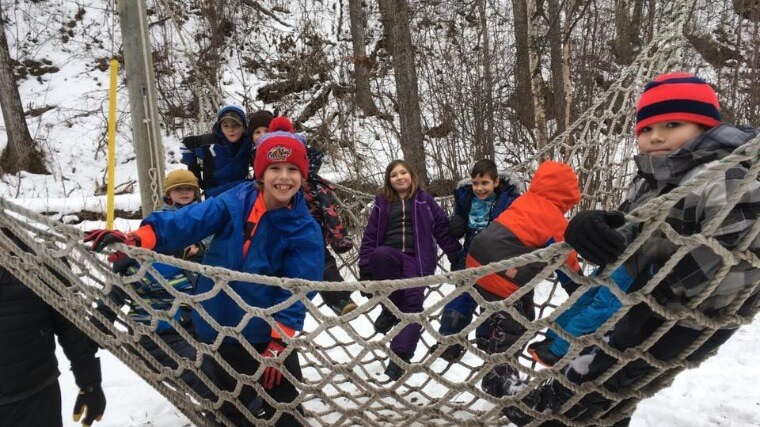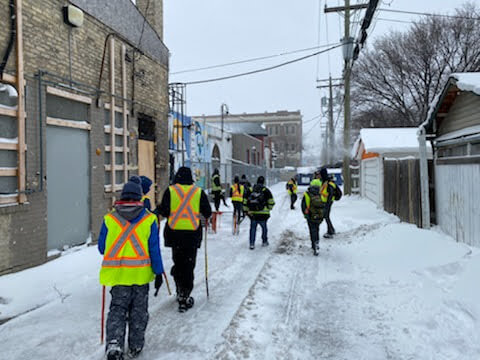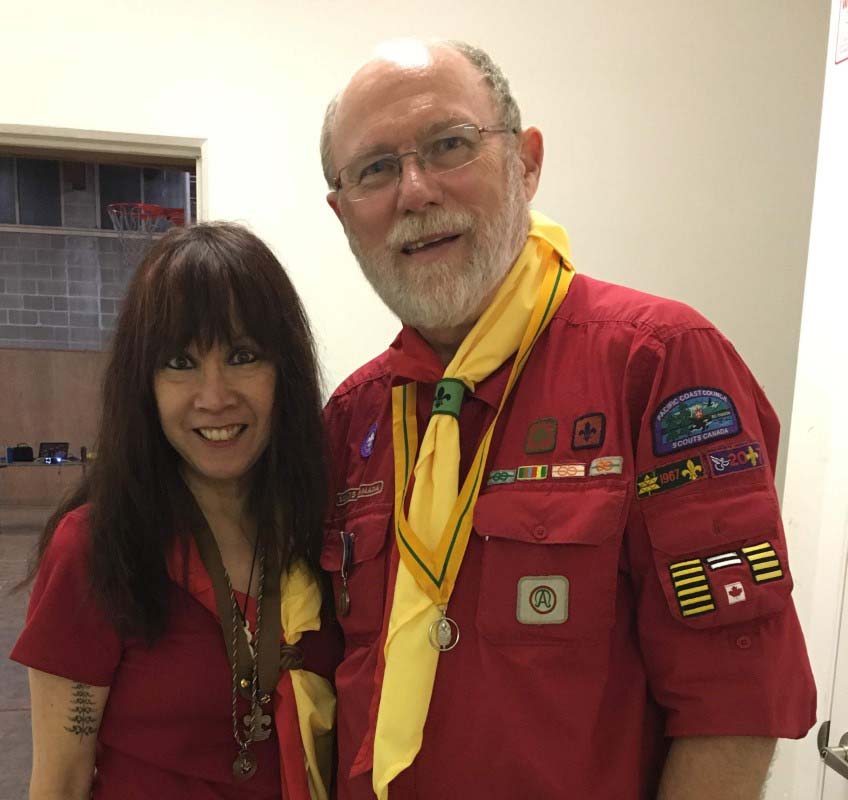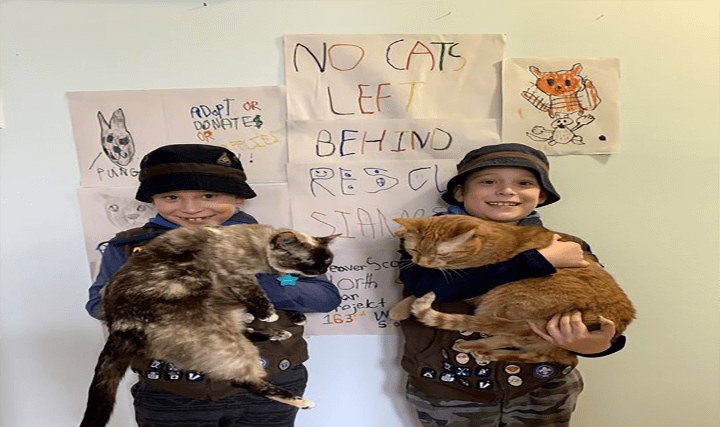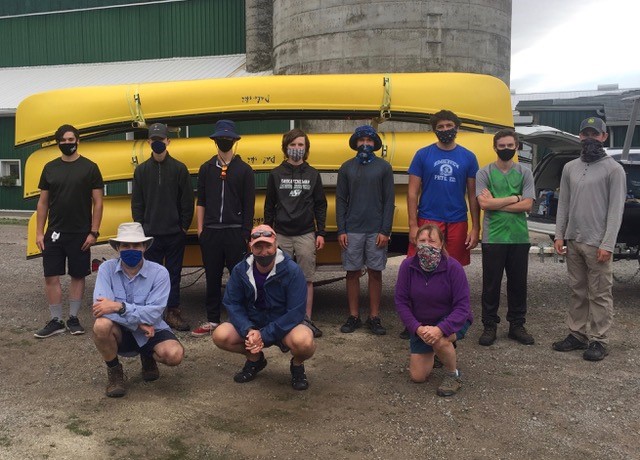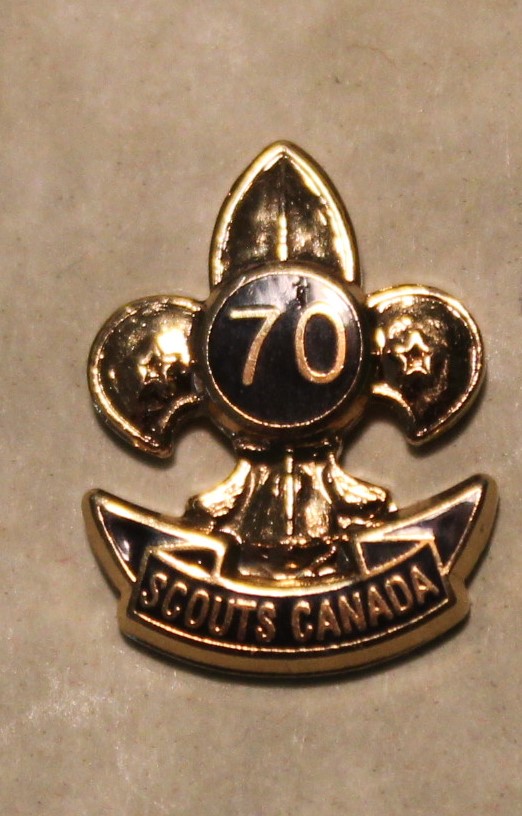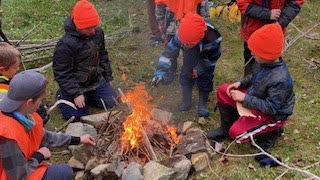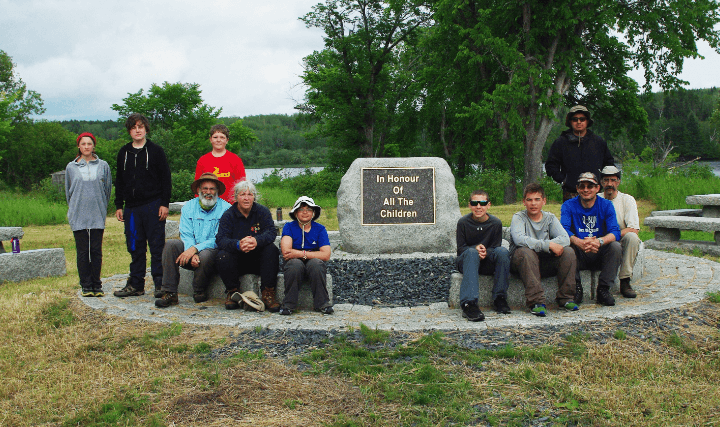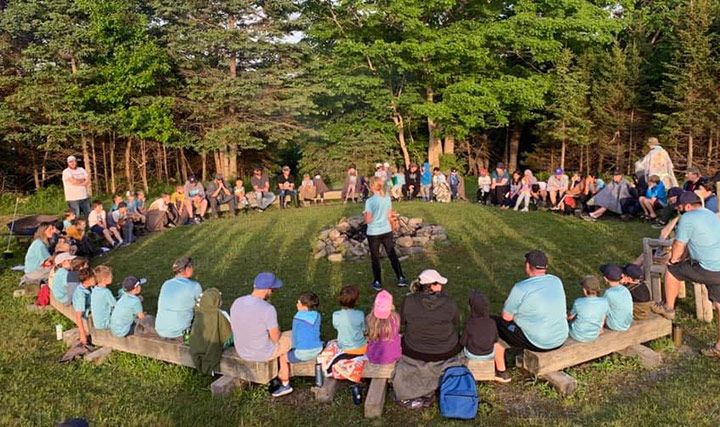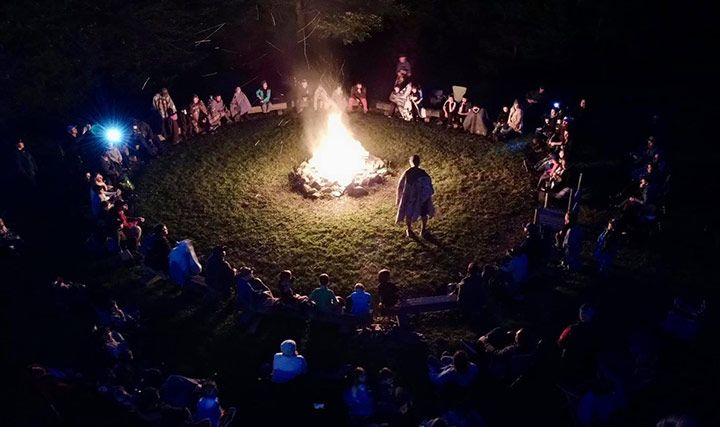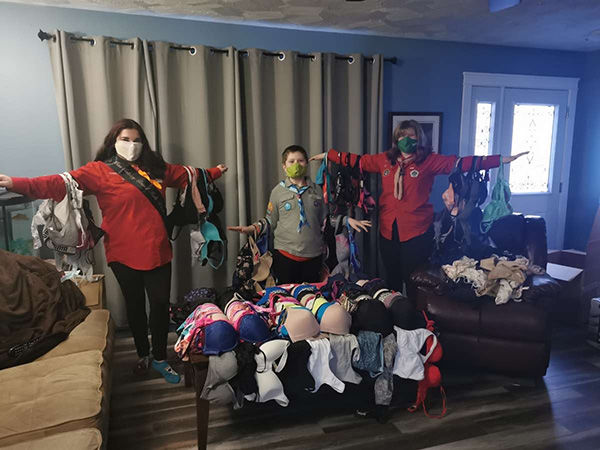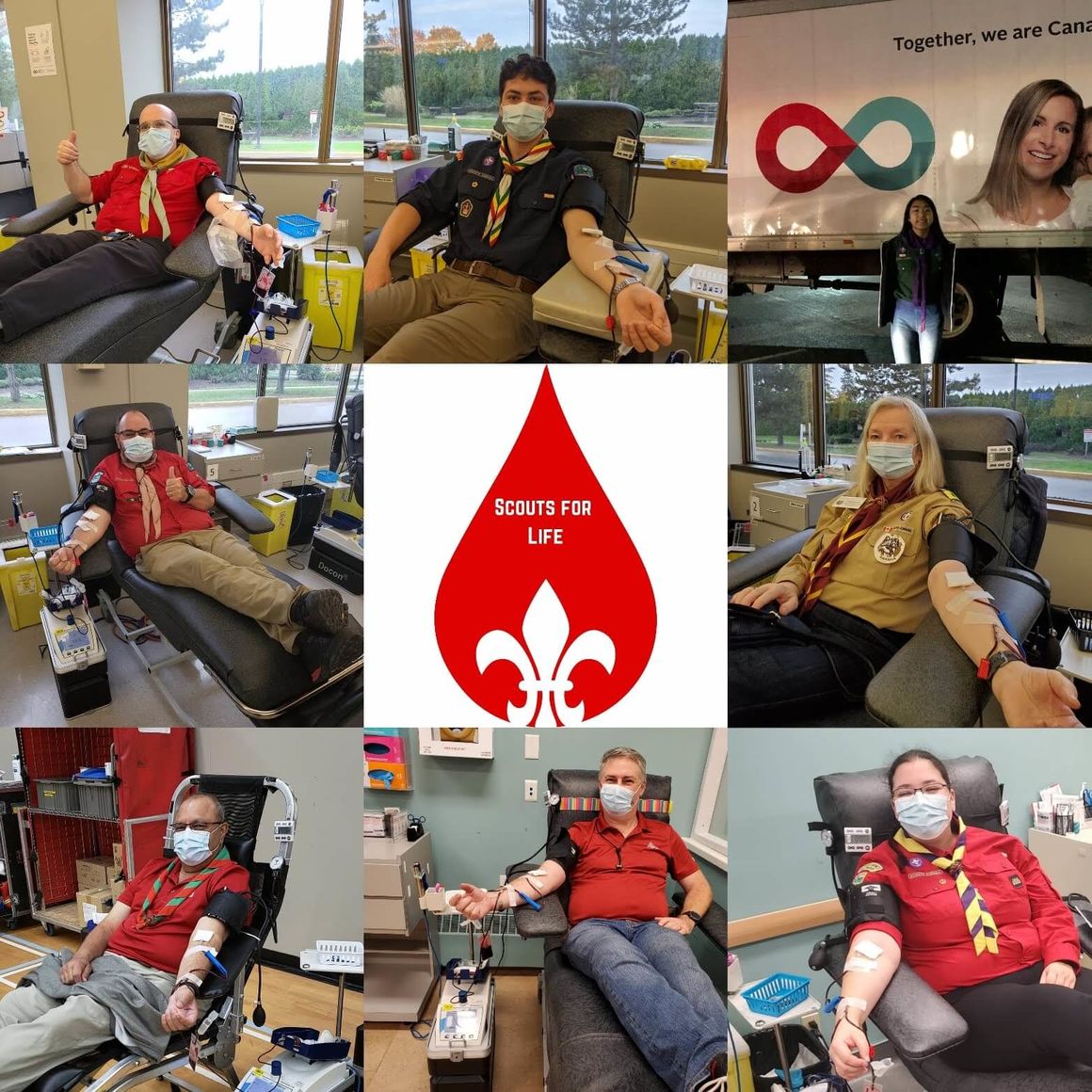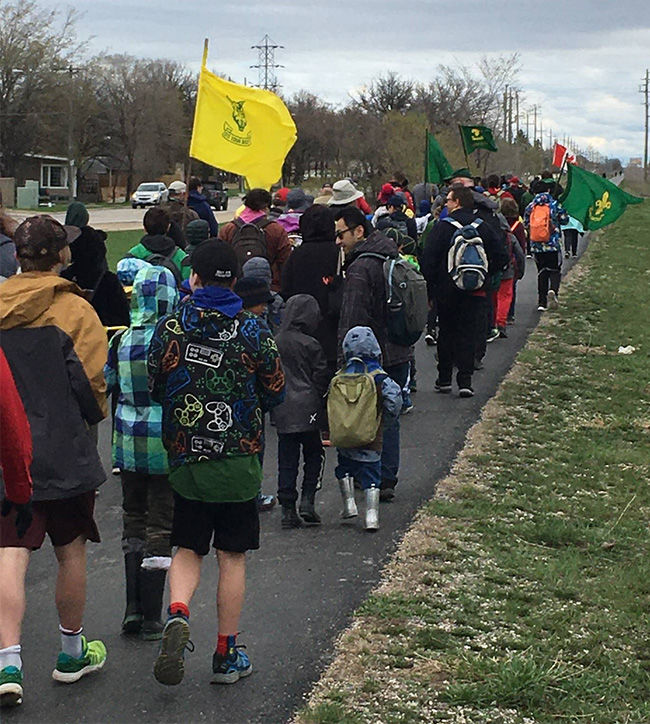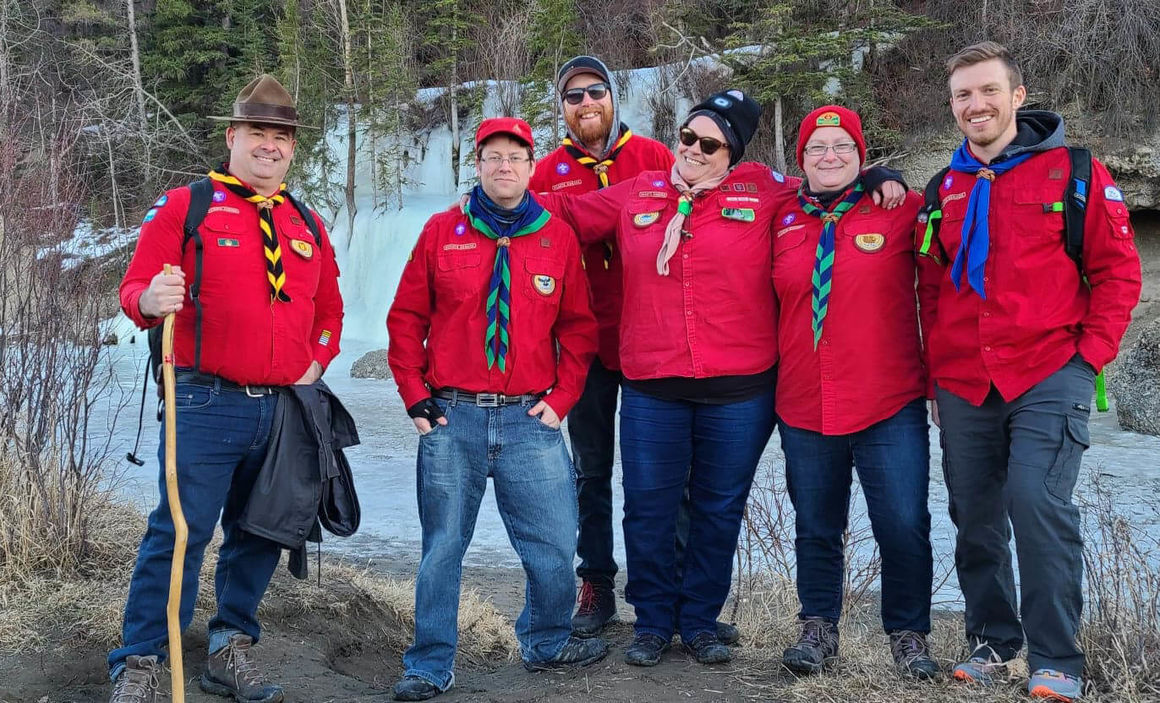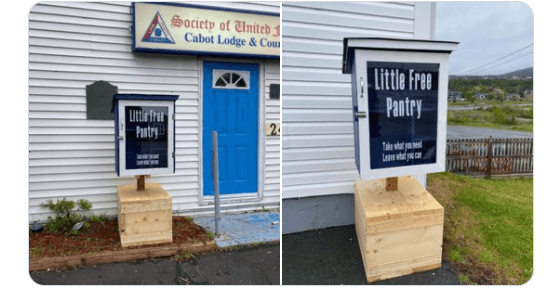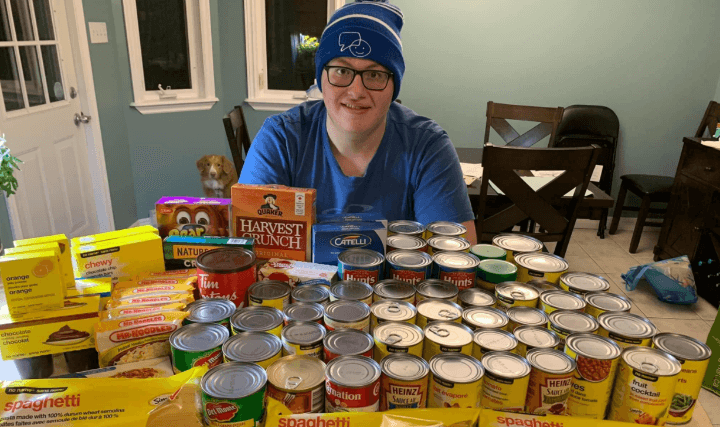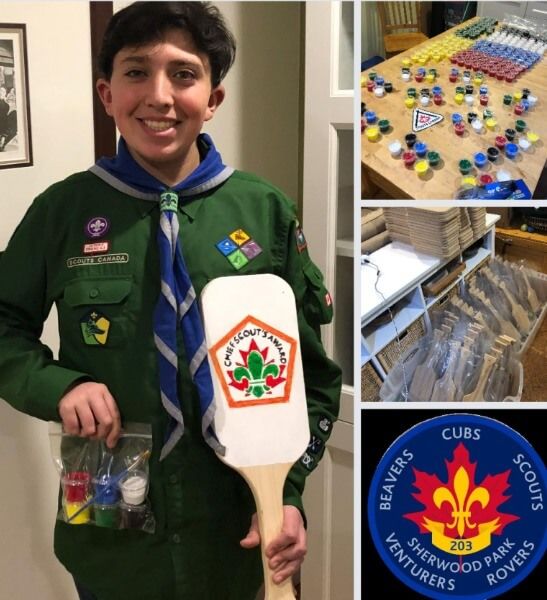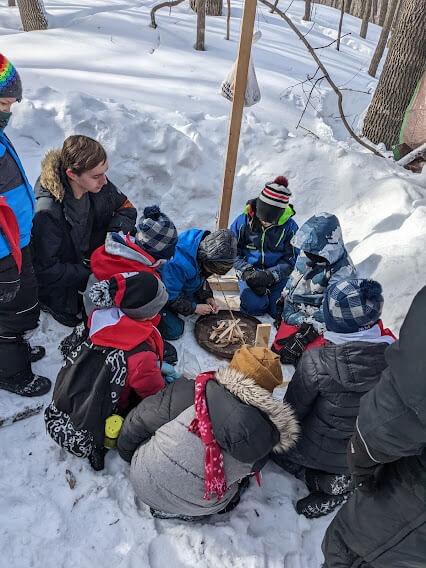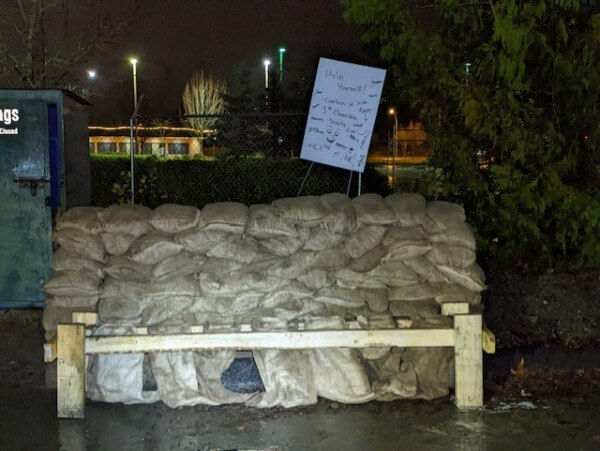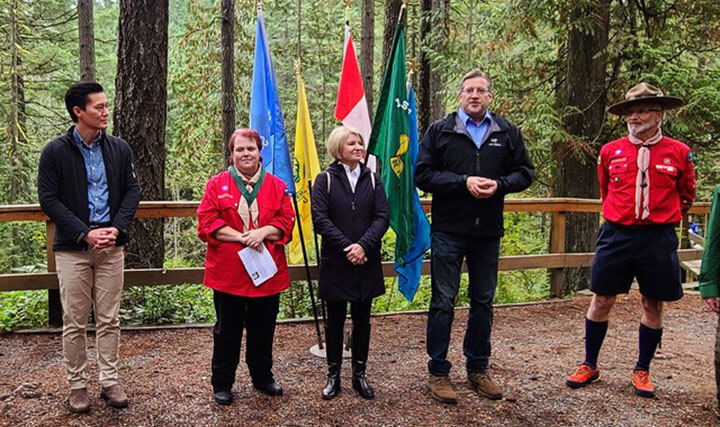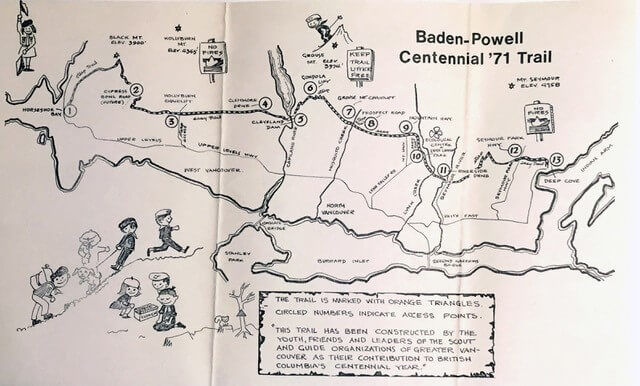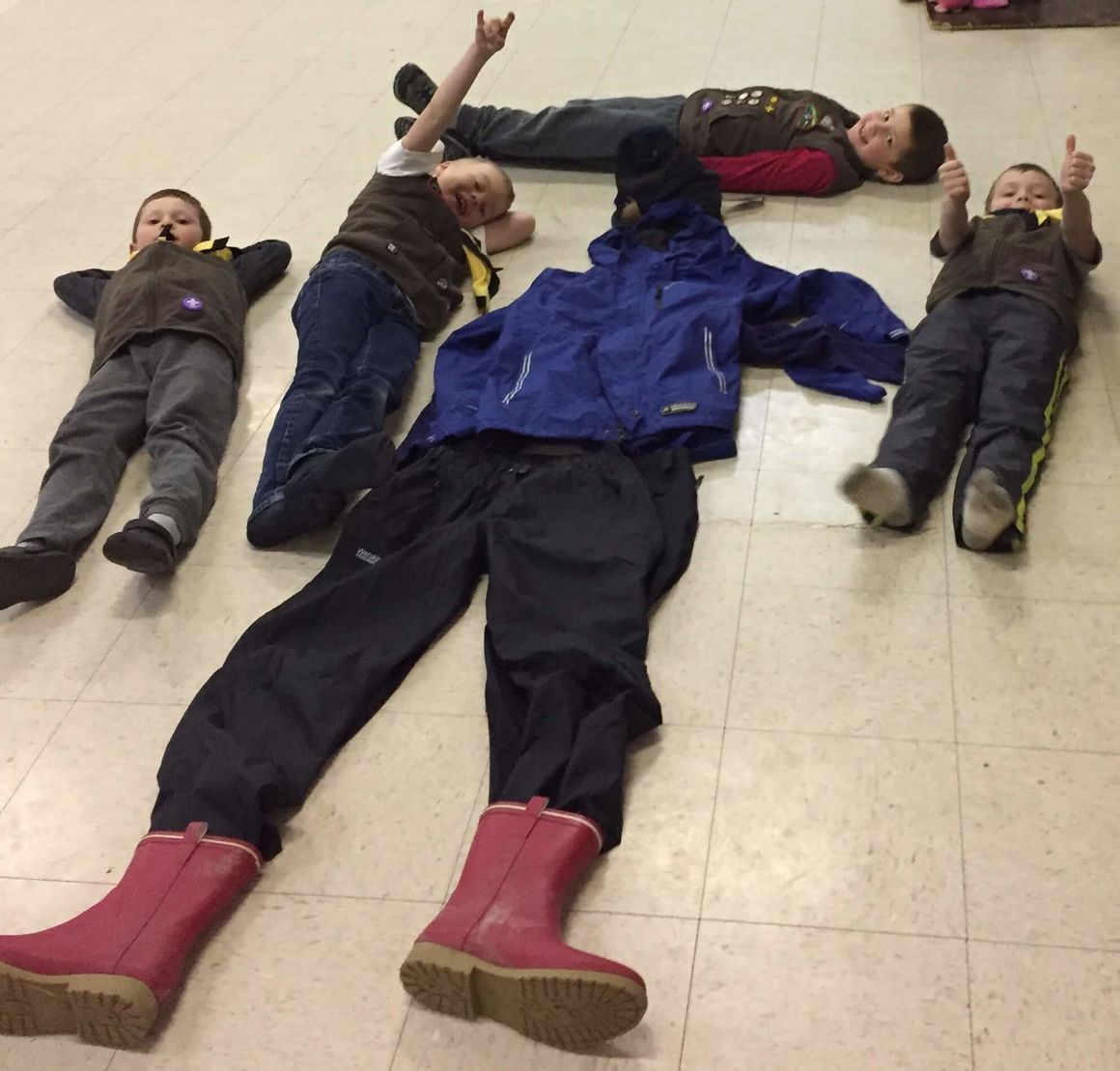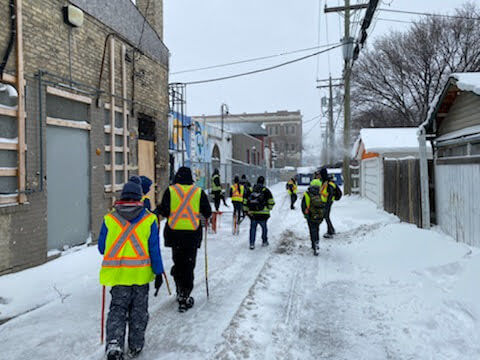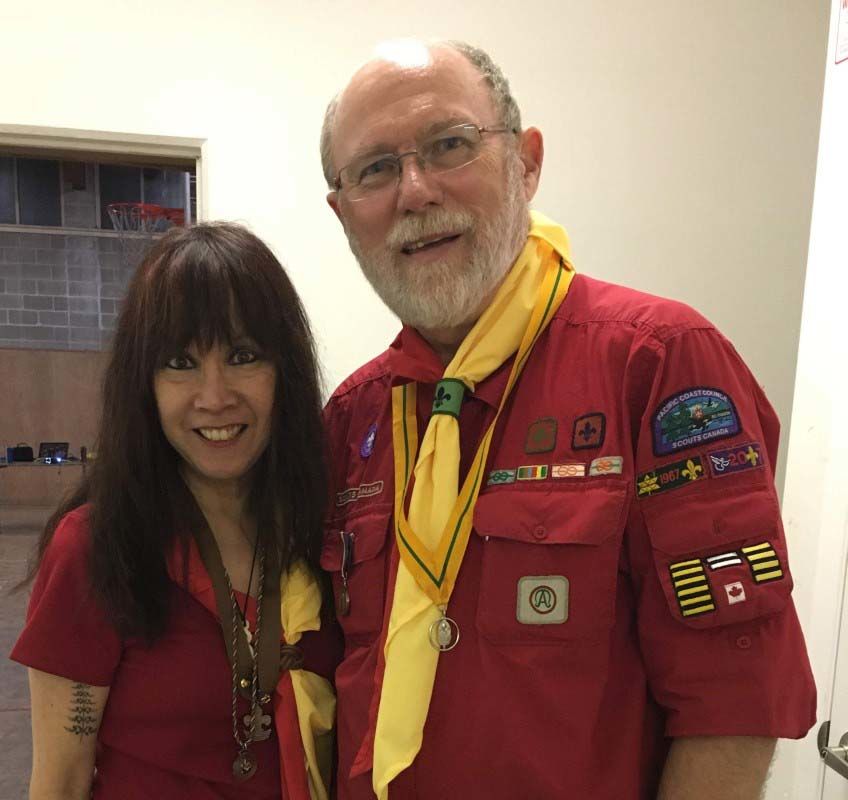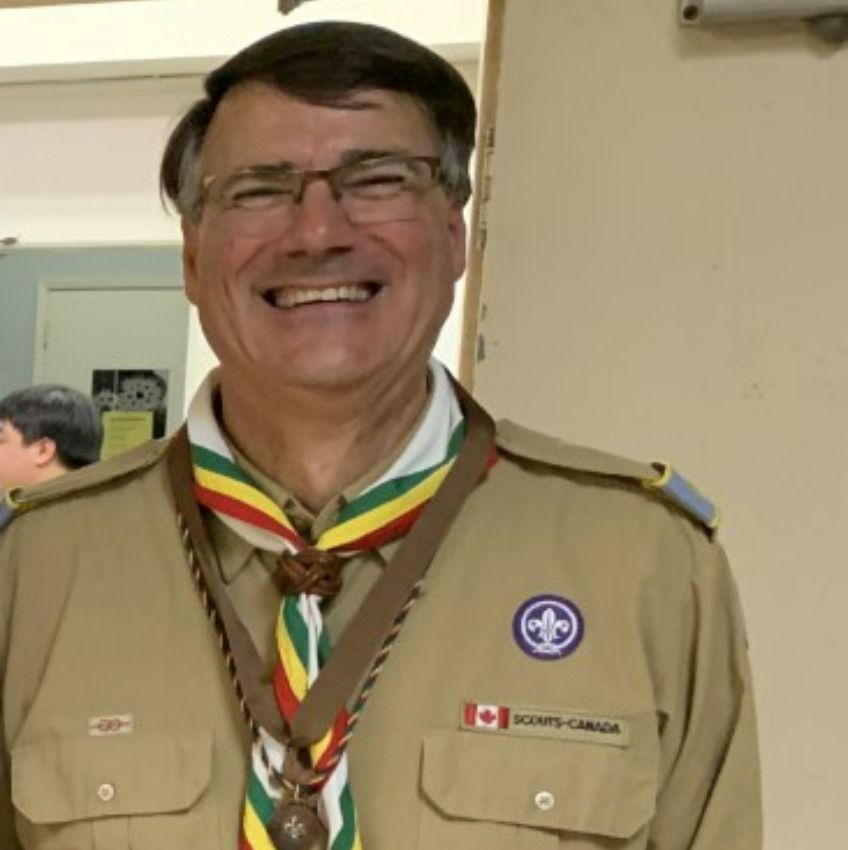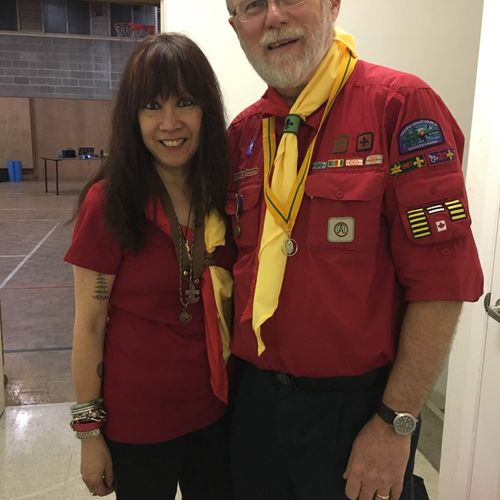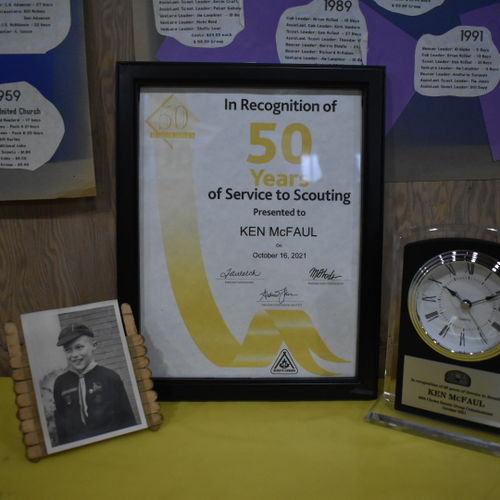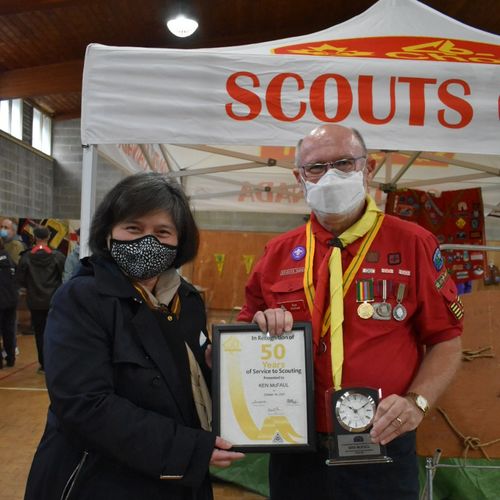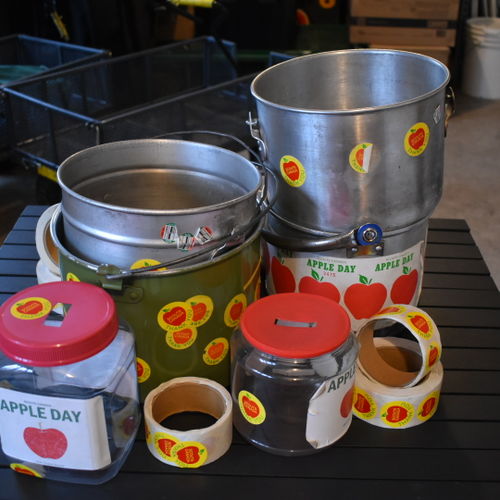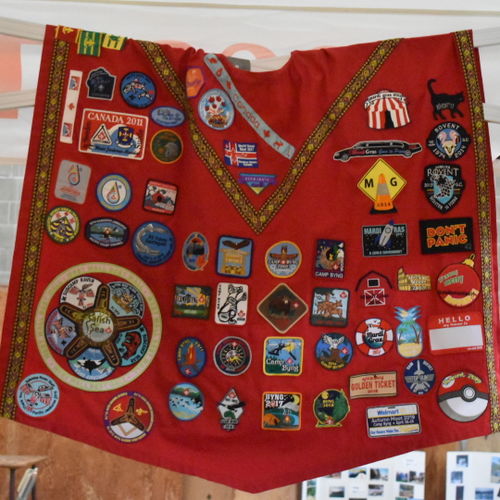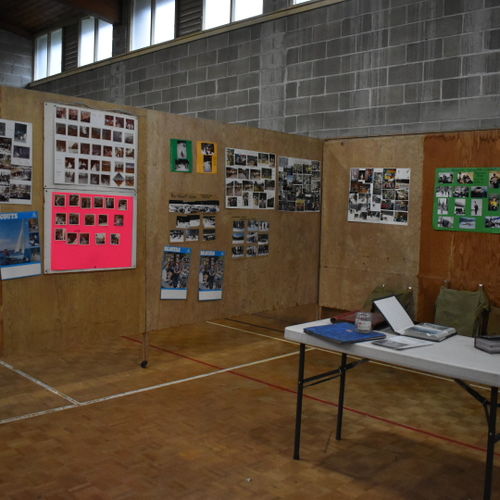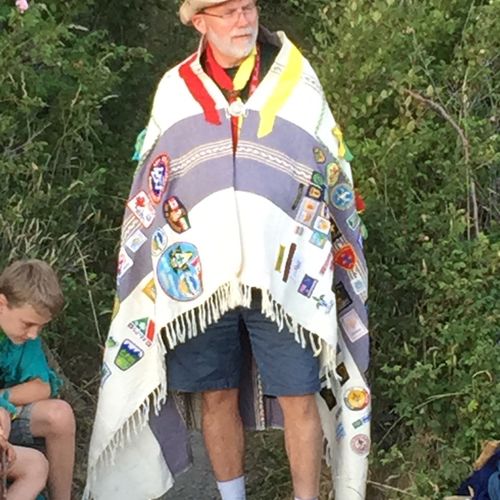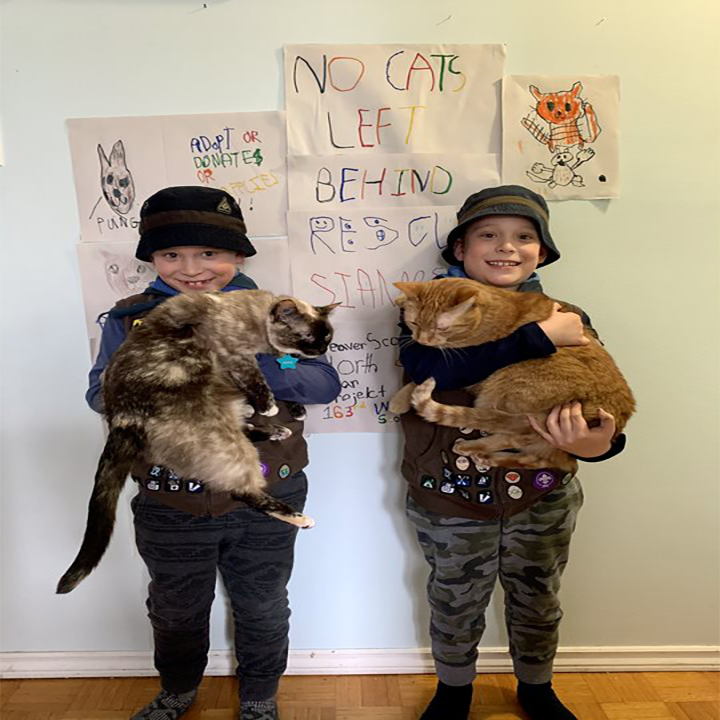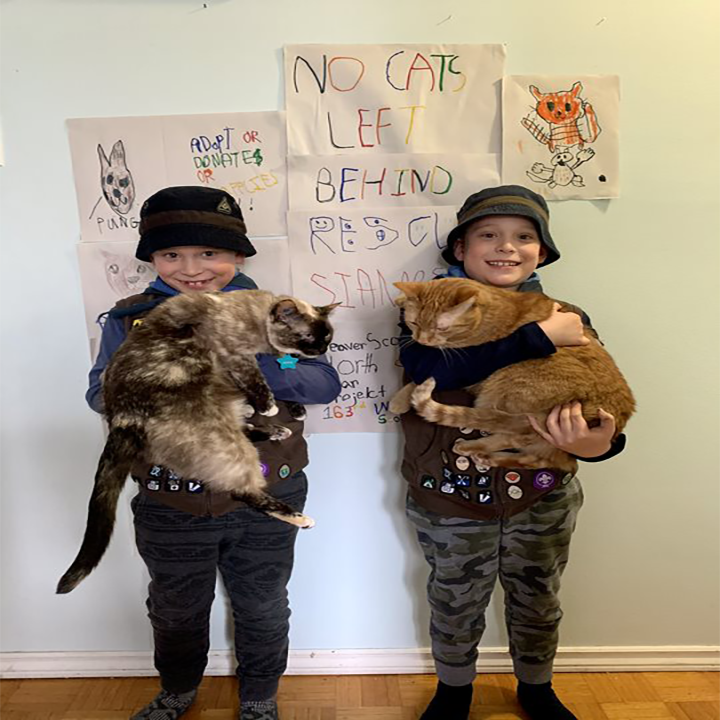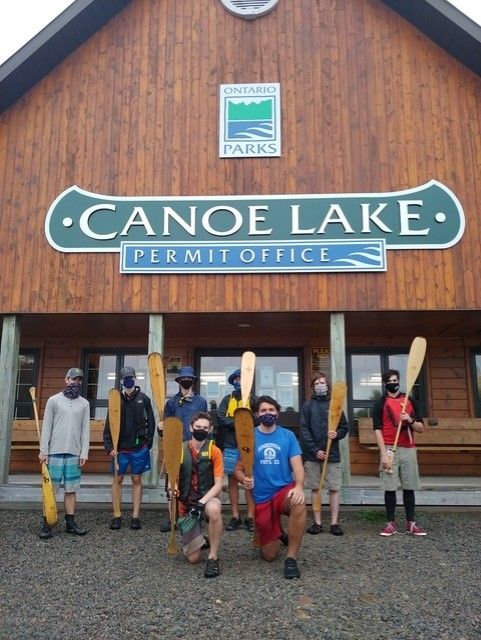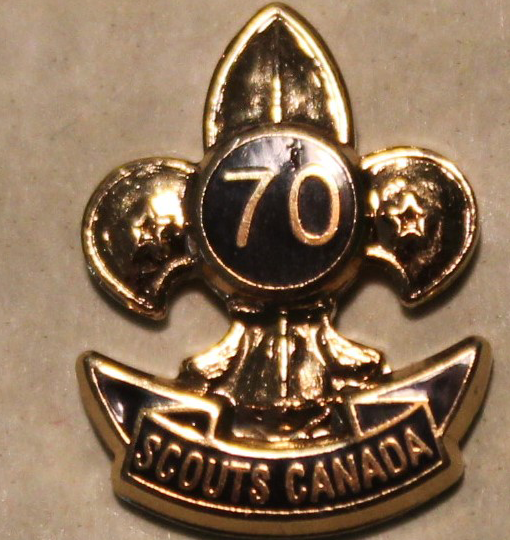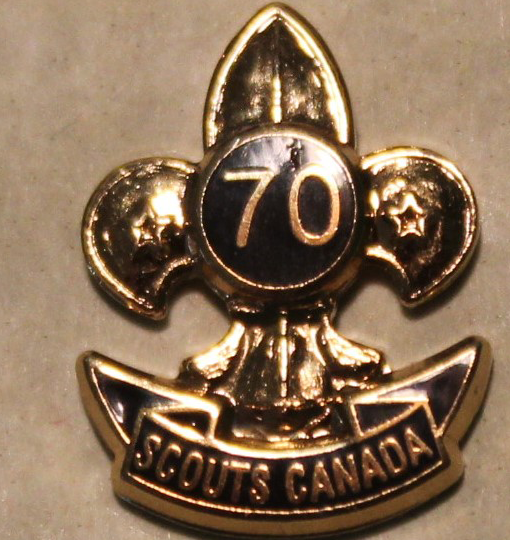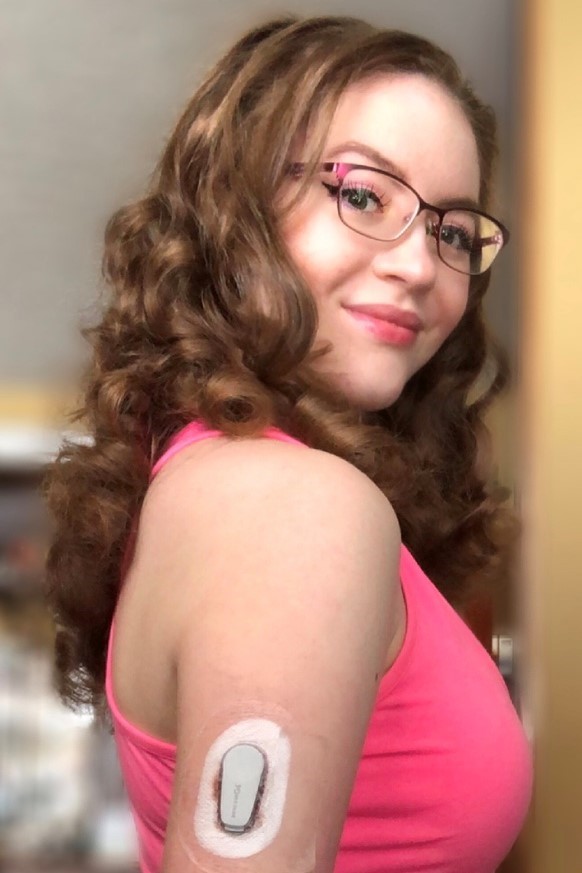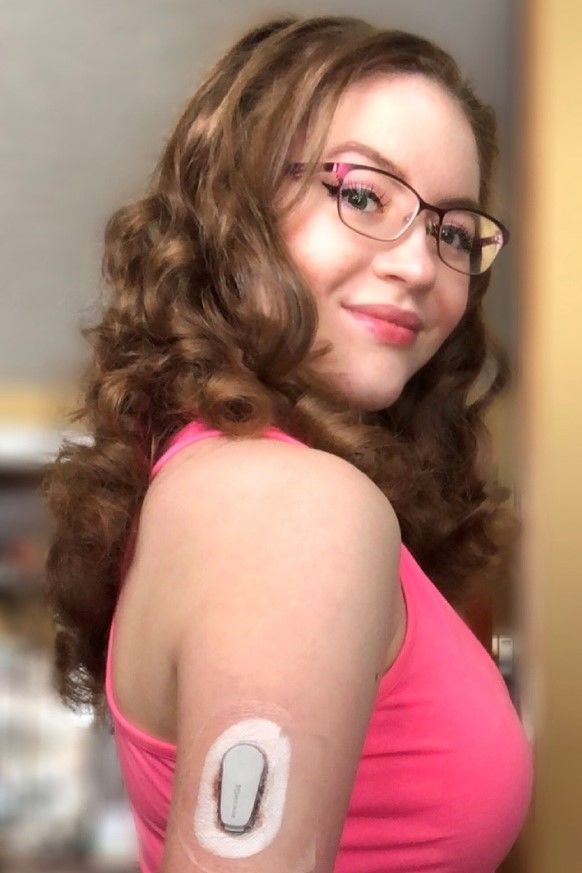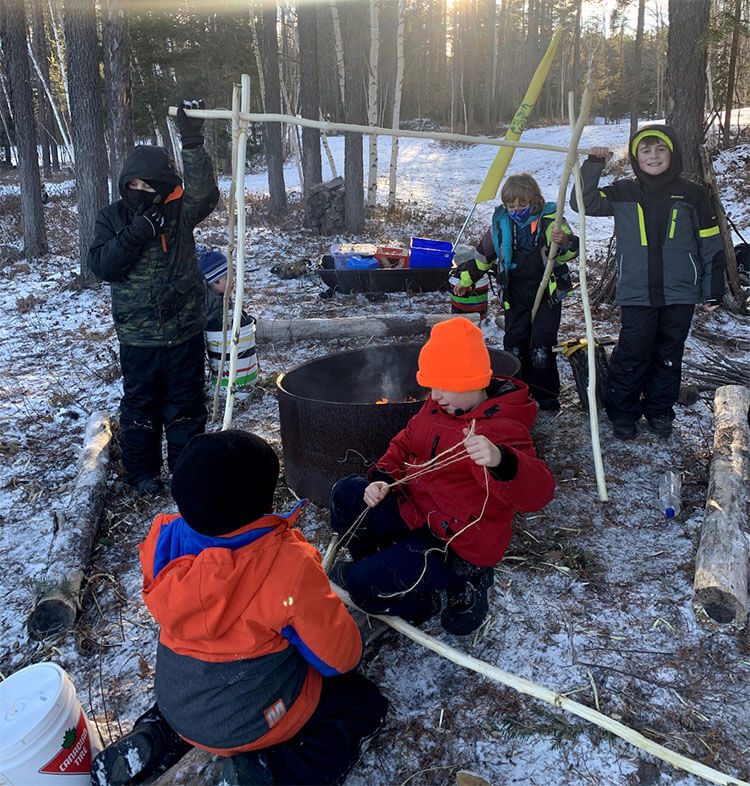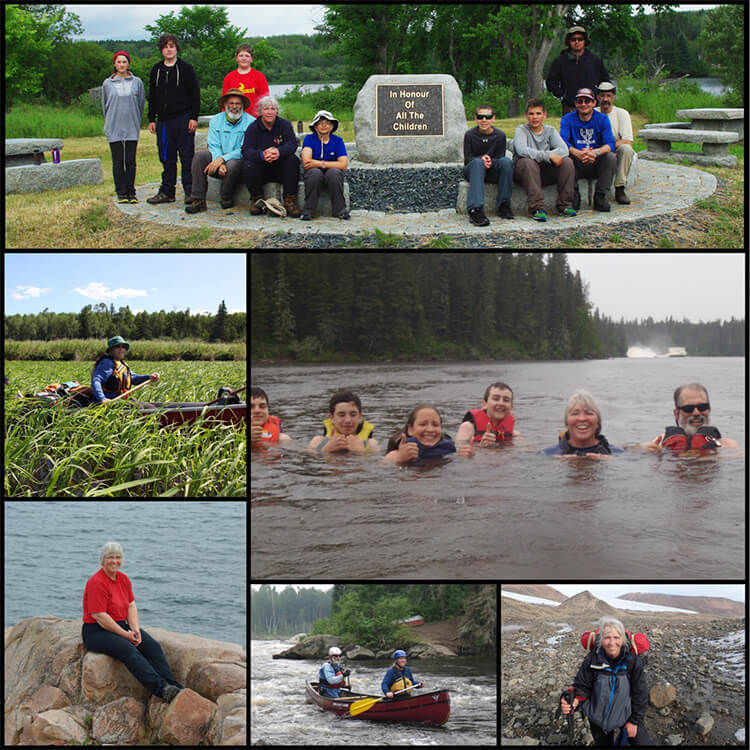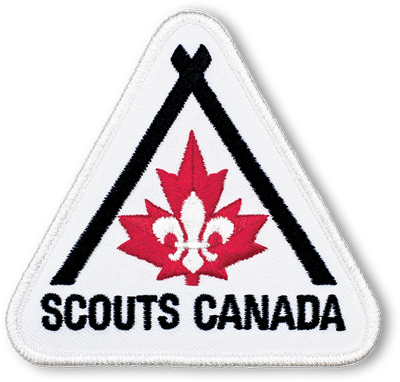The P.E.C Scout Group is the largest Scout Group in Nova Scotia, serving over 160 youth. For Allan Carrington, Pack Scouter with the Group and the Nova Scotia Council Commissioner, success has meant building a diverse and inclusive Group culture where all members feel welcome and a part of the Group’s community.
“Everyone just wants somewhere to belong,” Allan shares. For him, watching his large Scout Group with matching neckers on a ferry speaks to the importance of this sense of belonging. For Allan, diversity, equity and inclusion are part of a journey that is often marked by pain and length.
“You may get discouraged because the outcome you want to have is not readily seen or readily engaged,” he continues, “Change takes a long time. There is no magic pill, no single document that can elicit change overnight. Words are not enough. We need to hold ourselves accountable for what we do when it comes to diversity, equity and inclusion work.”
For that to truly happen, Scouting needs to acknowledge and learn about communities within the local area and ‘walk the walk’. Simple things, like acknowledging the LBGTQ2A+ flag at an enrollment ceremony, can help to create a space where everyone feels safe to be themselves, and that they will be listened to and heard.
For Allan, being welcoming means having an attitude of listening first. Show an interest in building community relationships by spending time at a cultural center or community center; there may be gatherings that welcome members of the public. Talk to the leaders of the community and get to know them. Acknowledge Indigenous Elders and ask permission for yourself to be in their spaces. Respect will create relationships.
Part of respect also means sharing who you are, and that can include sharing your passion for Scouting with your wider community. Sharing your intentions will also make you more trustworthy and demonstrates your desire to learn from others. For example, if you get asked about whether your Scout Group is diverse, be honest and transparent about its demographics. If your Scout Group is not diverse, state that while you are not diverse, Scouting is focusing on having a mindset of respect and inclusivity and that everyone, regardless of who they are, can learn together. By beginning with the benefits your Scout Group has to offer and acknowledging (rather than avoiding) the areas where improvement is needed, you can better show your Group’s openness to making positive changes in collaboration with diverse communities around you.
It is also important to get youth involved in having a say in the Diversity, Equity, Inclusion and Reconciliation movement. Youth-led inclusion efforts can bring about creative means to overcome barriers towards inclusion. Consider having youth in your Section brainstorm potential issues to social justice problems and then let your Scouter team activate them.
For some, it can be challenging trying to find a way to introduce difficult topics—like social justice issues and Reconciliation—to kids, but Allan reminds us that youth are capable. P.E.C Scouts recently lost a Beaver Scout, Max, to a fatal car accident. The Beavers wanted to have their Scoutree campaign tied to the memorial of Max. By inviting the youth’s input and participation in the conversation around the memory of Max, the Beavers were able to contribute a meaningful suggestion that might not have been thought of otherwise.
Every Scouter meeting should also have a youth member at it. This helps to support youth input in decision making. If it can’t be said in front of the youth, ask yourselves if it needs to be said. Scouts Canada can help with the regrowth after the pandemic and the economic downturn through using its gift, the youth, tomorrow’s generation. If we uplift our youth, and have them actually help lead us and design our way forward, we can work together to build our country into a better place for all.
Be openminded to learning and challenging your beliefs. Make sure to do it with a smile. As Scouts we are in tricky place because we are a very masculine organization and as far as we are concerned men are not supposed to show any kind of emotion in that regard. As individuals, however, we are all humans, we all have emotions. Transformational leadership within our organization will require us to demonstrate emotional intelligence. Leaders need to demonstrate compassion, understanding, and self-awareness. For diversity, equity, and inclusion work to occur we need to be in touch with ourselves, our own biases, and prejudices. Why is Scouting masculine? Where do scouting traditions come from, for what purpose, and for who? These questions need to be asked so we can improve our behaviours. We need to recognize that within this effort, White males have an important part to play in diversity, equity, and inclusion.We need to work together and model a mindset of respect, humility, and listening first. We cannot look at a person and decide who that person is. We cannot inherently know if the person is among the LBGTQ2 community, they may identify as White but biologically are Black, or could be a recent refugee to Canada. They could be all three. This is called intersectionality, and this is also called visible and invisible identities. Assumptions will work against you – the best thing to do is to listen first. It is important to acknowledge that sometimes people are covering who they are because they fear losing the connections that they have. Until we all remember to take a step back, listen first, and even seek out our own knowledge and learning — like reading books or listening to podcasts by people from different walks of life — we will not create an environment in which everyone can belong.
Currently, we are in a watershed moment for diversity, equity, and inclusion efforts. However, we are at risk for losing this trajectory as senior leaders across the country combat the pressures of the pandemic, racial tensions, and the looming economic downturn. Inclusion is a deliberate choice an organization makes to instill a culture that unites people together, regardless of their background. If your Scout Group is ready to become more inclusive challenge yourselves to think about the following actions:
- Take the time to genuinely recognize the diversity of voices within your Group.
- Communicate your work on diversity, equity, and inclusion to all stakeholders – volunteers, group sponsors, participants, families, and the larger community.
- Hold yourselves accountable for your actions. It’s okay to not know, because it starts with listening first. Be who you say you are.
- Set target goals for social justice-based efforts. Create a call to action for evidence of growth.
A world in which we all can belong can be achieved if we all work together. Scouting can be the place in which this work can be catalyzed and then it can be integrated into the rest of our communities. The journey will be long. It will be at times painful. Challenge yourself to see the potential in a world where everyone belongs.
